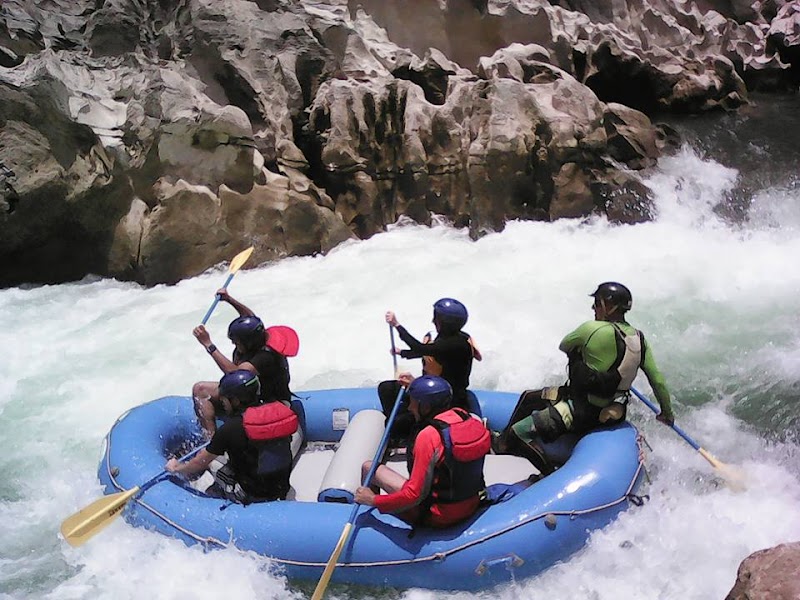
Cabo de Punta Mango Natural Monument Adventures
Cabo de Punta Mango Natural Monument is a protected coastal area on the Gulf of Mexico known for its diverse ecosystems, rugged cliffs, and important wildlife habitats. It offers outdoor enthusiasts opportunities for hiking, birdwatching, and enjoying unspoiled coastal landscapes.
About Cabo de Punta Mango Natural Monument

Cabo de Punta Mango Natural Monument is a coastal protected area located in the northeastern Mexican state of Tamaulipas along the Gulf of Mexico. This natural monument encompasses rocky headlands, cliffs, and scrubby coastal vegetation, creating a unique habitat that supports a variety of endemic plants and migratory birds. Characterized by arid to semi-arid climate conditions, the area features salt-tolerant flora and scattered patches of desert shrubs complemented by coastal marine influences. The geological formations of the monument include striking cliffs that plunge directly into the sea, offering panoramic ocean views and rich marine biodiversity. Historically, the location has served as an important point for navigation and fishing communities. Today, visitors can explore trails that wind through natural landscapes and access viewpoints overlooking the Gulf. This area is notably important for sea turtle nesting and provides key habitat for various migratory and resident bird species, making it a hotspot for birdwatching. Prevention of habitat degradation has been prioritized to maintain the ecological balance and protect endangered species. Although visitation is relatively low-key, the monument attracts visitors interested in birdwatching, coastal hiking, and nature photography. Its remote setting means amenities are limited, so visitors should prepare accordingly. Cabo de Punta Mango offers a blend of marine and terrestrial ecosystems, providing a compelling destination for those interested in natural coastal environments and quiet outdoor recreation.
Highlights
Rugged coastal cliffs with panoramic views of the Gulf of Mexico
Key nesting sites for sea turtles along the sandy beaches
Migratory and resident bird species ideal for birdwatching
Remote hiking trails through arid coastal vegetation
Notable Natural Features
Sea Turtle Nesting Beaches
Several secluded sandy beach stretches within the monument serve as important nesting grounds for endangered sea turtles.
Coastal Cliffs
Steep cliffs provide stunning views over the Gulf of Mexico and serve as habitat for specialized coastal plant communities.
Migratory Bird Habitat
The monument hosts various migratory birds, including shorebirds and raptors, making it a critical site for bird conservation.
